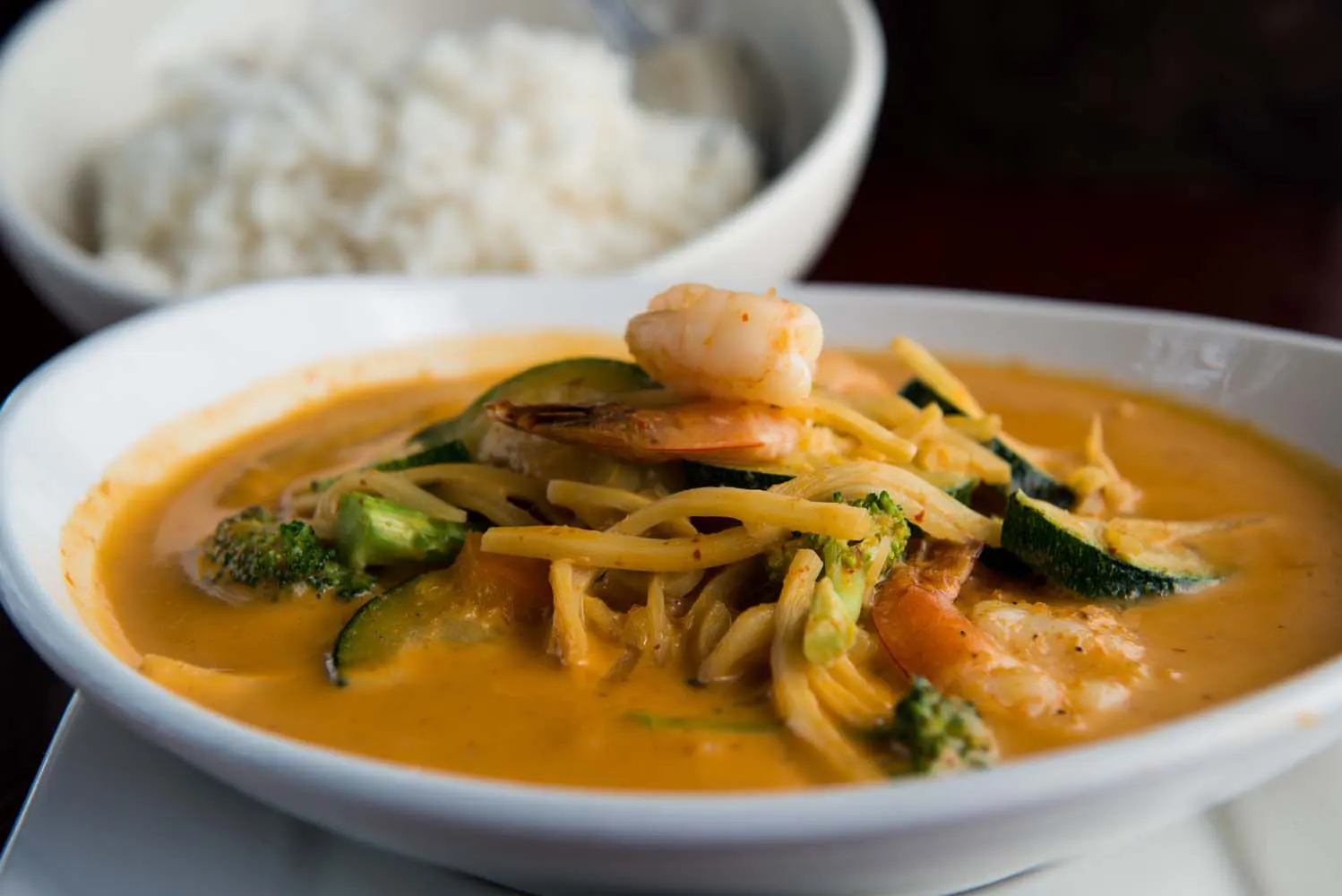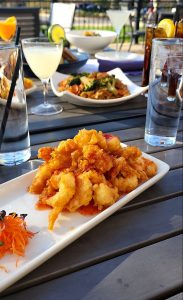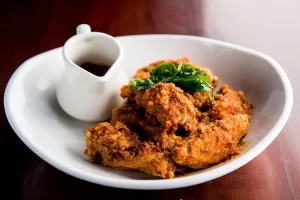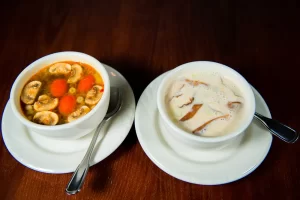Thai cuisine is often synonymous with curry and at White Orchids Thai Cuisine we put our best, authentic curry for your enjoyment. But what’s the difference between all our different curry options? The secret’s in the paste.
Panang Curry
Panang curry paste has some variations from cook to cook, but the typical blend includes dried chili peppers, galangal (in the same family as ginger, turmeric, and cardamom), ginger, lemongrass, kaffir lime zest and leaves, coriander root and seeds, and cumin with the ground red chilies giving the curry its traditional red hue. Panang curry paste is a bit harder to find than red or green Thai curries, so you’re better off finding it at our restaurant or making it yourself at home! Keep in mind this curry paste also contains shrimp paste and peanuts, so if you have an allergy make sure to ask ahead of ordering!
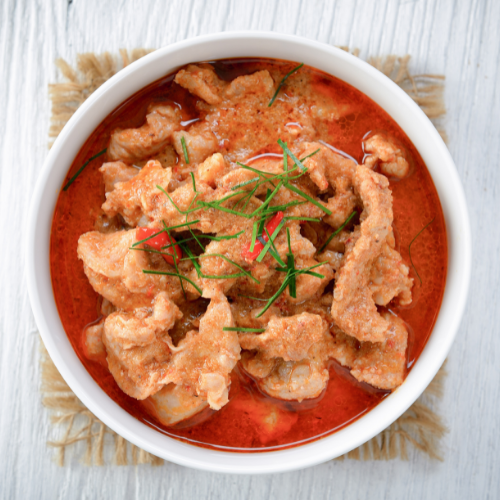
Masaman Curry
Born from Indian, Persian, and Malay cultures, Masaman curry is all Thai. Masaman curry used both a red-style curry space and dry spices like cumin, coriander, cinnamon, nutmeg, and roasted peanuts. This curry paste is notoriously hard to find in stores and if we’re honest, tastes better made from scratch anyway.
Thai Green Curry
Speculated to have origins in the early 20th century, green curry paste is made by combining soaked green chilies, shrimp paste, garlic, shallots, lemongrass, peppercorns, market limes, and cumin. Green curry is considered the most popular curry in Thai cuisine, with some chefs adding cilantro, market lime leaf and peel, and basil to enhance the green coloration.
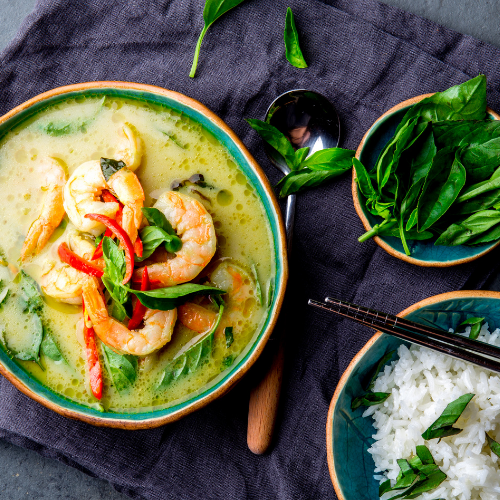
Red Curry
Red curry tends to be soupier than the thick Panang curry despite sharing its red colorations. Red curry also focuses on its use of red chilies and spicy flavors despite its similar ingredients. Extremely versatile, red curry pairs well with any proteins from tofu to baked salmon, chicken, and more. Red curry pastes aren’t just found in curry soups, proving to be incredibly versatile with the paste is widely used in many dishes.



